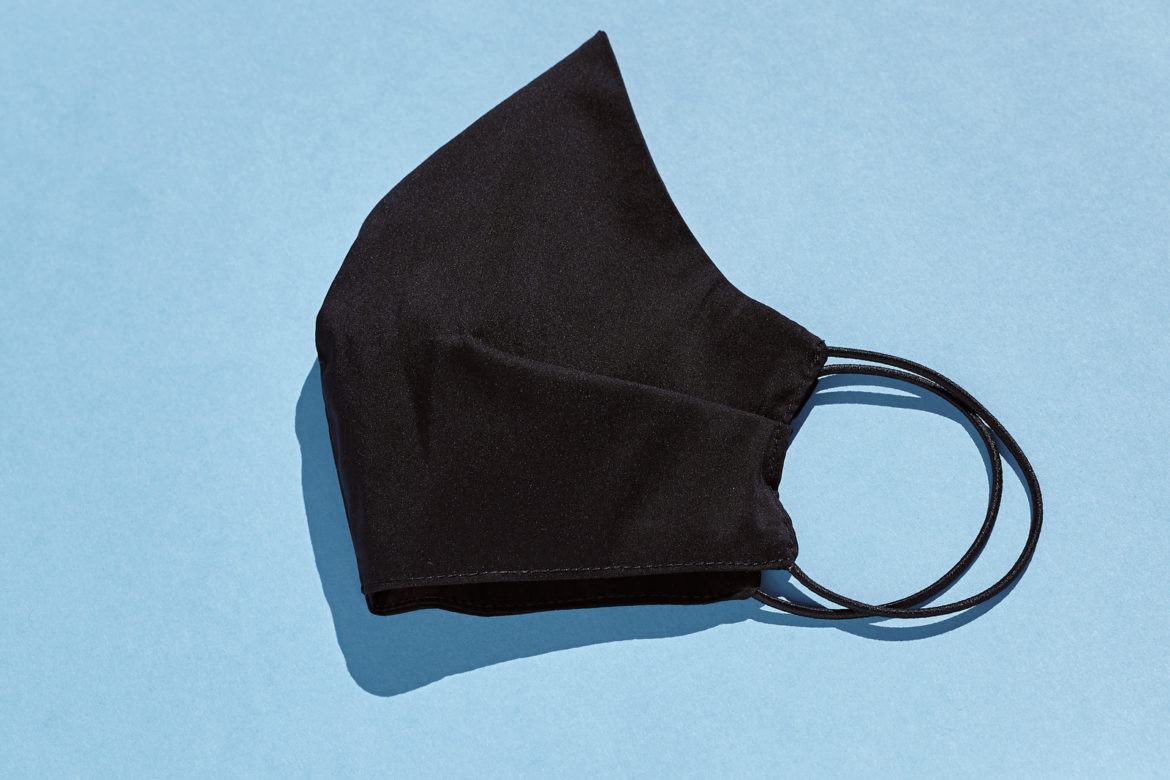|
Getting your Trinity Audio player ready...
|
MediaRadar, the advertising intelligence platform, has released its US analysis of COVID-19’s impact on programmatic ad spend in April. Not surprisingly, the travel, automotive and event sectors were hit hard, although the overall decline was softened by increased spending in other areas such as education and toiletries.
In April of 2020, the hardest-hit industries in terms of programmatic spending were: Travel (-79% MoM), Automotive (-40% MoM), and Events (-34% MoM). These industries also saw eight percent fewer advertisers using programmatic during the same period.
The industries that saw the largest increases in terms of programmatic spend were: Education & training, technology, and toiletries & cosmetics. All of these categories were up more than 35 percent. The brands that increased programmatic spending the most in April 2020 included, somewhat unsurprisingly, Slack, Electronic Arts, Grubhub, Bank of America, and Facebook.
Things remain optimistic according to Todd Krizelman, Co-Founder and CEO of MediaRadar, “May is here now, and while there are still many questions left unanswered, the blow of uncertainty has softened a bit.”
The travel sector, however, faces a harder time to bounce back, with Krizelman adding, “There are many companies that are going to face liquidity crises is if the economy doesn’t open up soon”.
In other parts of the world, programmatic trends are broadly similar, although according to Laura Quigley, managing director, Southeast Asia at Integral Ad Science, other verticals that have seen an increase in programmatic spend are pharmaceuticals, CPG, eCommerce and delivery services. In addition to changes in programmatic spending, ad campaigns are also now more skewed towards performance-related campaign objectives.
The findings come off the back of a damning two-year study by PwC on the Programmatic Supply Chain, one of the first in-depth looks at the inner workings of a market worth £100bn worldwide. The study found that publishers receive just half the money spent on their digital ads by premium brands such as P&G and Nestlé. The researchers also found that nearly a third of ad-placing costs were completely untraceable.
Speaking to the Financial Times earlier this month, Phil Smith, the director-general of ISBA, the trade body for UK advertisers that commissioned the study, commented, “The market is damn near impenetrable. As you start to break down the value chain for the impressions we have matched, the erosion of value is really significant.”
He stated that the degree of untraceable spending in programmatic “was really shocking” and underscored the need for more shared standards and transparency.



